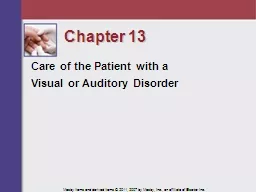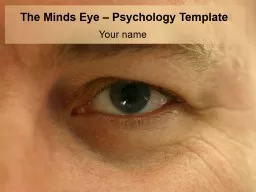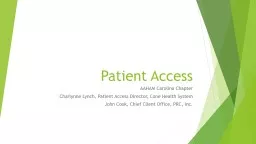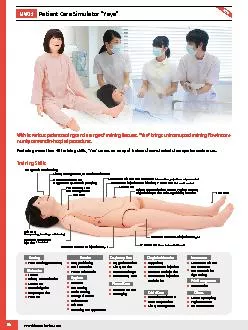PPT-Chapter 13 Care of the Patient with a
Author : trish-goza | Published Date : 2020-04-02
Visual or Auditory Disorder Mosby items and derived items 2011 2007 by Mosby Inc an affiliate of Elsevier Inc Overview of Anatomy and Physiology Anatomy of the
Presentation Embed Code
Download Presentation
Download Presentation The PPT/PDF document " Chapter 13 Care of the Patient with a..." is the property of its rightful owner. Permission is granted to download and print the materials on this website for personal, non-commercial use only, and to display it on your personal computer provided you do not modify the materials and that you retain all copyright notices contained in the materials. By downloading content from our website, you accept the terms of this agreement.
Chapter 13 Care of the Patient with a : Transcript
Download Rules Of Document
" Chapter 13 Care of the Patient with a "The content belongs to its owner. You may download and print it for personal use, without modification, and keep all copyright notices. By downloading, you agree to these terms.
Related Documents














